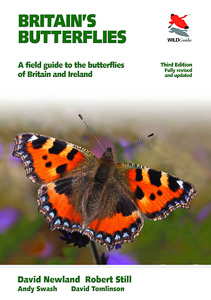 |
by David Newland, Robert Still, Andy Swash and David Tomlinson
From the publisher: Britain's Butterflies is a comprehensive and beautifully designed photographic field guide to the butterflies of Britain and Ireland. Containing hundreds of stunning colour photographs, this revised and updated edition provides the latest information on every species ever recorded. It covers in detail the identification of all 59 butterfly species that breed regularly, as well as four former breeders, 10 rare migrants and one species of unknown status. The easy-to-use format will enable butterfly-watchers - beginners or experts - to identify any species they encounter.
David Newland has been a butterfly enthusiast since boyhood. He is the author of Discover Butterflies in Britain and the coauthor of Britain's Day-flying Moths (both WILDGuides). Robert Still, the cofounder of WILDGuides, is an ecologist and graphic artist, and has designed more than thirty of its titles. Andy Swash, the managing director of WILDGuides, is an ecologist and wildlife photographer. Swash and Still are the coauthors of a number of books, including Britain's Habitats, Britain's Dragonflies, Britain's Day-flying Moths and Britain's Sea Mammals (all WILDGuides). David Tomlinson is a freelance writer on wildlife and the countryside, and first became interested in butterflies as a schoolboy in the early 1960s.
This is the third edition of the highly successful Britain's Butterflies - a Field Guide to the Butterflies of Britain and Ireland, whose second edition was reviewed in 2010. Two significant events have happened since then and both are covered in this latest work, bringing it bang up to date. The first is the recognition that the Réal's Wood White found in Ireland is actually two species and not one, with only the newly-identified species (the Cryptic Wood White) found in the British Isles. The second is the truly historic event of several Scarce Tortoiseshell arriving on our shores in 2014, placing it fairly and squarely on the British list, trumping the single sighting in 1953 that was previously the only record of this species.
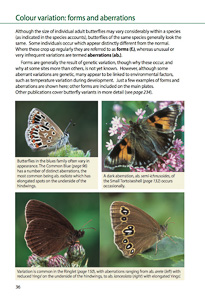 | 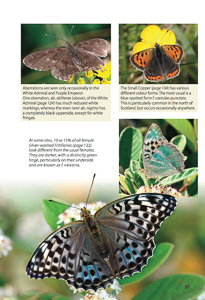 |
As one might expect, many of the species descriptions have been refined and new photographs added to enrich an already-pleasing array of visual delights. The format of the second edition has been retained with each species spread handily across two pages. The text is accompanied by a comprehensive set of photos showing the adult butterflies, together with any subspecies and forms, as well as useful identification tips for those species that are difficult to tell apart. Each species is also shown with conservation status, wingspan, distribution map, phenogram and tips on where to look.
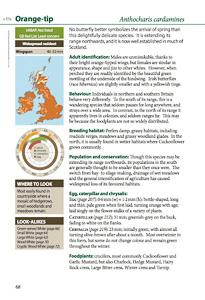 | 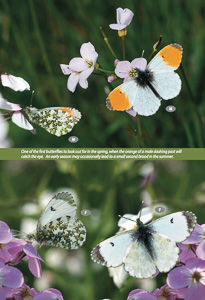 |
I particularly like the additional section on caterpillar foodplants - a topic that doesn't receive much attention generally. I should also say that the book production is up to the usual high standard and lives up to its moniker as a "field guide", arriving in the post with a clear plastic cover that is undoubtedly in place to protect the book from field outings.
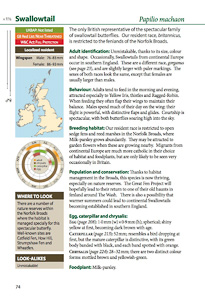 | 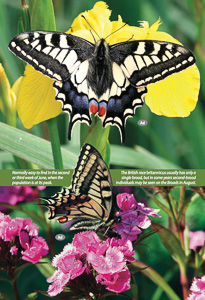 |
As concluded in my previous review, this continues to be my favourite photographic guide for British butterflies and, as such, is highly recommended.
The book can be ordered from Princeton University Press.